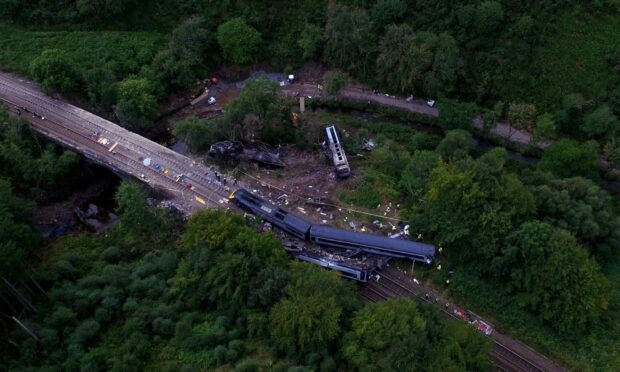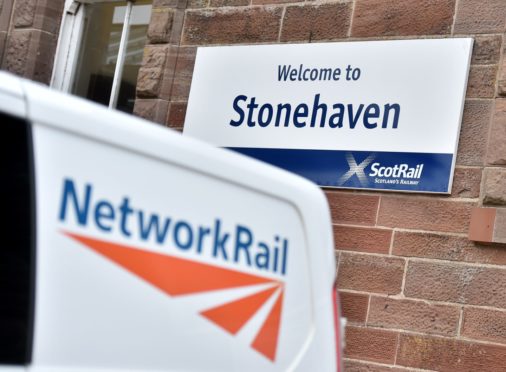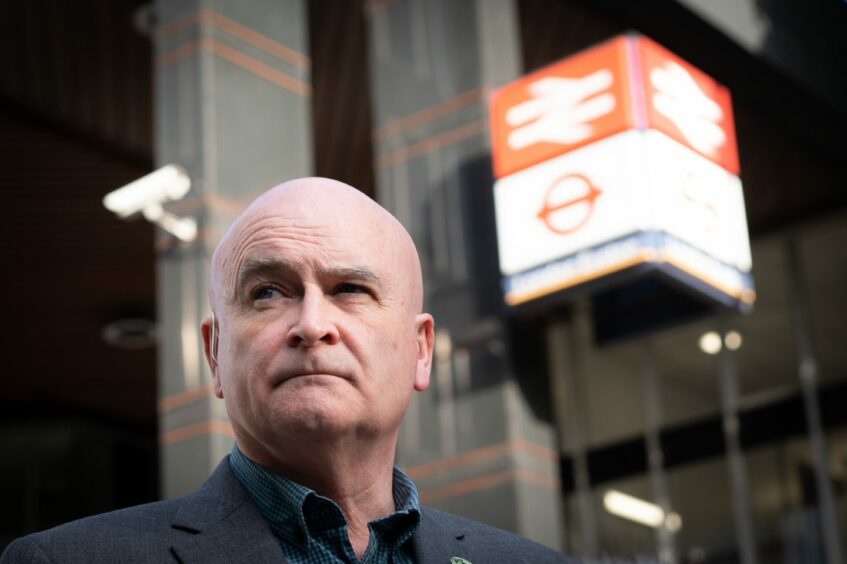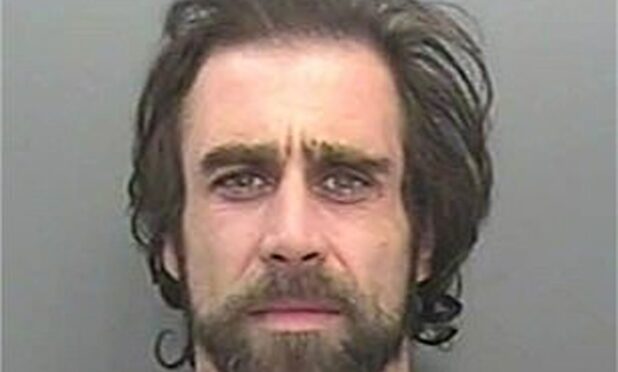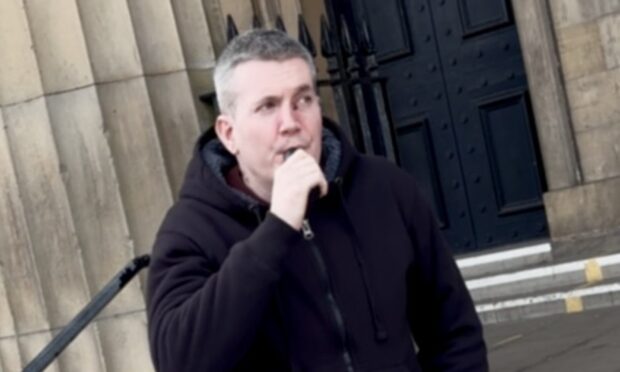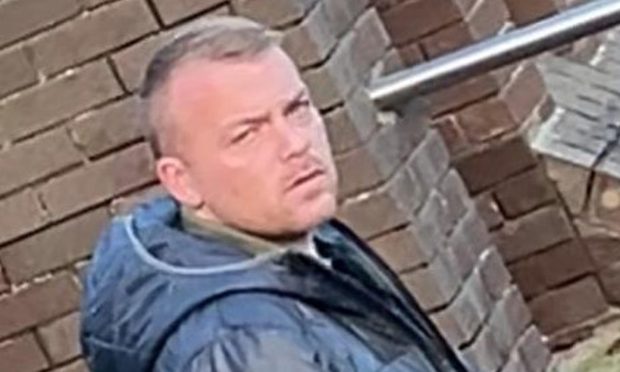Network Rail has admitted a catalogue of errors which caused the Stonehaven train crash tragedy.
The operator confessed to its failures in the decade before the crash, which killed three people in 2020.
It has pled guilty to failing to conduct itself in a way that would prevent people from a risk of serious injury and death.
At the High Court in Aberdeen Network Rail has admitted:
- failing to ensure a drain at the crash scene was built according to design papers;
- failing to arrange a “handover” meeting with contractors to check the drain had been built properly – some parts were upside down;
- failing to input details of the drain onto its database so staff did not know it existed and could not order an inspection;
- not properly training its staff in how to use specialist weather forecasting technology so they could not call an extreme weather action meeting on the morning of the crash;
- failing to put a speed limit in place at the crash scene, despite severe weather and failing to order the train driver to slow down.
Records state the train was travelling at 72.8mph at the time of the crash.
A speed restriction could have reduced it to 5mph.
Rail authorities have previously stressed train driver Brett McCullough did nothing wrong by driving at that speed.
The crash on August 12 2020, claimed the lives of Mr McCullough, conductor Donald Dinnie and passenger Christopher Stuchbury, who was travelling to work in Fife.
Union slams operator
Mick Lynch said, Secretary-General of the National Union of Rail, Maritime and Transport Workers, said: “Network Rail needs to face the full force of the law over the Carmont disaster near Stonehaven to give bereaved families some sense of justice.
“Network Rail’s attitude to safety has been abysmal with staff shortages and 20 recommendations by the Rail Accident Investigation Branch for improvements, most of which were completely ignored by the public body..
“Currently there are massive shortages of staff on the ground, sometimes with a couple of people responsible for hundreds of miles of rail track, often located in areas at high risk of flooding and landslides.
“The law must be toughened up regardless of the outcome of this case and corporate manslaughter must be made an option in similar cases in the future.
“Privatisation and the use of profit-hungry contractors on the railway has made the whole network less safe and it is our belief that public ownership would be best for railway workers and passengers.”
